 Anolis lucius Slender Cliff Anole 5 Dec 2018 Las Guanas © Tim Norriss
Anolis lucius Slender Cliff Anole 5 Dec 2018 Las Guanas © Tim Norriss |
An obliging Green Heron was the best this morning on a brief visit to the lagoon before breakfast. And a walk around the Las Guanas nature reserve adjacent to the hotel was quite quiet today with not many butterflies or birds, but we always find something of interest. We always see Anolis lucius Slender Cliff Anole here and they are often quite approachable. And we noticed a sloughed snake skin up on the coral limestone overhang where a snake had used the rough surface to shed it skin as it grew. It was about a metre long but I don't know what species it was.  Anolis lucius Slender Cliff Anole 5 Dec 2018 Las Guanas © Tim Norriss Anolis lucius Slender Cliff Anole 5 Dec 2018 Las Guanas © Tim Norriss Beach bean Canavalia rosea, also called coastal jack-bean, is a common plant around the coasts with its pink pea flowers and long stems trailing over the rocks and vegetation, and with large fleshy round leaves. There were two Braco Skipper Burca braco nectaring on its pink flowers and also five Miami Blue Cyclargus thomasi. We watched as the latter even laid an egg on the flower bud of the peas which is a first as we have only seen them lay on Stigmaphyllon before. There were some of these yellow flowers growing nearby and they too had eggs of Miami Blue. A week later I was keen that we came back to see how these eggs were faring but when we did it had been so hot during the week that the Stigmaphyllon had all dried up and there was no sign of the larva on the pea. The attractive trailing Passiflora cuprea was quite common here. While I was photographing the Passiflora an anole ran across that I didn't recognise at all. Annoyingly I didn't manage to get a picture as it was certainly something we hadn't seen before. There were some that we did recognise including this Cuban Whiptail Pholidoscelis auberi.
0 Comments
Karlos had mentioned to us the other day that he had recently seen Hooded Warbler at Playa Pesquero so we were keen to go and try to see them as the area can also be good for butterflies. Here in England the area is what we would call a brownfield site where old buildings had been demolished and since colonised by wild flowers and one or two trees. And all this next to the mangroves and forest scrub which was full of birds. We stopped to look on the flowers to see what butterflies there were and were amazed to find lots of hairstreaks - over twenty of five different species all within just a few metres of each other! There were Fulvous Hairstreak Electrostrymon angelia, Bartram's Scrub-Hairstreak Strymon acis, Mallow Scrub-Hairstreak Strymon istapa, Limenia Scrub-Hairstreak Strymon limenia and Martial Scrub-Hairstreak Strymon martialis. Two merlins were hunting the area by sitting in some tall pines and making forays after dragonflies and birds. There were at least three Hooded Warbler in the area but were hard to see and I only managed glimpses but there were other nice things too including Western Spindalis, Cuban Oriole, Ovenbird, Parula and Oriente Warblers, Cuban Vireo and Cuban Pygmy-owl. Along the forest edge there were some Nickerbean plants growing and the fruits were attracting several Chestnut Leafwing Cymatogramma echemus and Florida Purplewing Eunica tatila. Gray Cracker Hamadryas februa normally settle on tree trunks but do occasionally settle on foliage. Karlos and I then went to another area to look for Cuban Nightjar but failed to find it on this occasion but we did find two nice dragonflies. One is a Red-mantled Saddlebags Tramea onusta but I'm not sure about the other yet. Lynn had spent the day at the hotel and when I got back told me about the large snake, a Cuban Racer Cubophis cantherigerus by the Mares pool balcony - disappointed to have missed it. The Merlin has three subspecies in N America. Two are largely sedentary while the third, the Taiga Merlin Falco columbarius columbarius, migrates from Canada and northern US east of the Rocky Mountains except the Great Plains, is migratory and winters in S North America, Central America, the Caribbean and N South America as far as the foothills of the Andes. In Cuba it is said to be an uncommon winter resident and transient though we have seen them regularly in the Guardalavaca area in winter especially at the Luna y Mares hotel. We have also heard of a group of more than ten birds being seen in this area in the early spring presumably on their way back north.
At dusk tonight two Merlin put on a fantastic display for 20 minutes chasing after the bats as they came out of their roosts in the eaves of the theatre building. And we saw one of them catch a bat for the first time. It was interesting that their strategy was completely different to that of the bird that we have have watched here for the previous three winters. That bird was a wily adult that had worked out that the bats were much easier to catch just as they came out of the roost because they were traveling at a much slower speed, so it would do small circuits around the entrance until this coincided with a bat exiting and it was job done. I presume that it was the same returning bird that we saw each year and would usually see it catch two or sometimes three bats each evening. This year an American Kestrel had adopted exactly the same strategy, perhaps from watching the merlin do it last winter, and would just sit on an adjacent roof watching until the bats were streaming out and then it would usually take no more than two or three circuits to catch its supper - thirty seconds at most. The two Merlin this year are I suspect inexperienced first year birds. They were only attacking the bats right out in the open when they were at full speed and although Merlin are much faster, the bats seemed well aware of the threat and would deftly jinx out of the way at the last moment. There was some evidence of cooperative hunting between the two Merlin as occasionally we would see an attack by one bird closely followed by an attack by the other and tonight this was successful. The bat loses a lot of speed as it jinxes and was picked off by the second bird. Lynn and I both agreed that watching the Merlins each evening was one of the real highlights of the holiday and would have been worth it even if we had seen nothing else. The display was always spectacular with the birds sometimes coming so close that you could hear and feel the rush of their wings as they came past - absolutely breath-taking! Nothing in nature is guaranteed but if you stay at the Luna y Mares during the winter do go and check them out. And my grateful thanks to Graham Catley for letting me use his superb image of a Taiga Merlin below. We didn't stray far from the hotel today and again I spent a bit of time at the balcony near the Mares pool. Again it turned up trumps with another rarity Cuban Hairstreak Allosmaitia coelebs. And this was on top of the Cuban Longtail Chioides marmorosa which I saw here yesterday but forgot to mention as I hadn't got a photo. Today was different though. I was interested to see that like several of the hairstreaks and blues they have not only fake antennae at the rear but also fake eyes formed by the tornus of the hindwing turning out. The colour of these on Bartram's Scrub-Hairstreak Strymon acis is bright red but on A. coelebs is blue. Butterflies can see well to the front and sides but from directly behind is their weakness so having a pair of 'eye's that move from side to side when the hindwings are alternately moved up and down is their strategy to deter attack from the rear. There was a fruiting tree just outside our room at the Luna y Mares hotel that was attracting lots of birds to feed both in the branches and on the ground below. There were Cuban Green Woodpeckers, Cuban Orioles and Cuban and Tawny-shouldered Blackbirds up in the branches as well as Black-throated Blue, Palm and Cape May Warblers on the ground. I spent twenty minutes just sitting on the ground and waited for the birds to come to me. And there was also Gray Catbird and Northern Waterthrush close by too neither of which I had seen in the gardens before. Our last visit to the Luna y Mares had been marred slightly by the number of cats in the grounds and in the restaurants scrounging food. We had made strong representation to the staff (as did others) that we would seriously consider not coming here again if they didn't do something about them. It's good to know that they listened to common sense and while we did see just two while we were there they were keeping a very low profile! As a result it was great to see the Grackles, Blackbirds and sparrows back at the outdoor restaurants and that the number of anoles had increased too. We took a taxi back to the area near the Taino Indian village and saw lots of butterflies including three Silver Emperor Doxocopa laure, Lime Swallowtail Papilio demoleus, Orange-barred Sulphur Phoebis philea, Mimosa Yellow Pyrisitia nise and a Potrillo Skipper Cabares potrillo. I did a pre-breakfast walk to the white bridge over the lagoon and found an adult Yellow-crowned Night Heron sitting on the balustrade. I slowly edged closer and closer taking pictures as I went and this was the best I managed. I love the red eye and the stout bill for dismembering crabs. The first Prairie Warbler was the only other thing of note. From the balcony near the restaurant a pair of Mesogramma Skipper Atalopedes mesogramma briefly appeared and a delightful Saw-scaled Curlytail Leiocephalus carinatus. We spent the rest of the morning exploring along the track that runs NE along the edge of the woodland from the adjacent Hotel Paradisus. We quickly saw Gray Cracker Hamadryas februa and a Dingy Purplewing Eunica monima. The most common butterfly was Nickerbean Blue Cyclargus ammon but there was also one Miami Blue Cyclargus thomasi. There were five Braco Skipper Burca braco and a few male Mexican Sailor Dynamine postverta. In all our visits to Cuba I had never managed to photograph a female Fiery Skipper Hylephila phyleus before so it was nice to do so on two days running! The afternoon was spent back at the Mares pool balcony and I decided just to sit quietly on the balcony wall near to the lantana flowers and berries and see what came to feed. It was an absolute delight as although the birds were slight wary they did come up to within just a few feet on occasion. It's always a pleasure to go out with our friend Karlos and today straight after breakfast we started by exploring a few fields a few miles to the south of the hotel. There was a Caracara and a singing Eastern Meadowlark as well as a few dragonflies, and the moth Utetheisa ornatrix which you can find pictures of on the moth pages here. We found a clump of Calotropis which is one of the foodplants of the Queen Danaus gilippus and found a couple of eggs and a tiny first instar larva. When chewed or damaged the leaves secrete a gluey white sap which the larva was careful to avoid. We the went on to an area near the the Taino Indian village. It was a sunnier day today and we started seeing more butterflies straight away. As we walked along the track a probable Gold-spotted Aguna Aguna asander flew past me but unfortunately it kept going and didn't reappear. It's always a good day when we see one of the two Proteides skippers and today it was the turn of May's Skipper Proteides maysi which stayed for a few seconds nectaring on the flowers by the path. Further on there was another real rarity, three Antillean Checkered Skipper Burnsius crisia, a species which we have only seen at a couple of other places. We also saw Purple-washed Skipper Panoquina lucas and Cuban Broken-dash Wallengrenia misera. Further on Karlos showed us two of the endemic Bare-legged Owl in their nesting tree. Cuban people in general don't like snakes and will readily kill them if they come across them which is a tragedy considering that many of them are endemic to the island and can cause little or no harm to people. Here we saw three snakes that had been killed by the locals - one was a Tropidophis melanurus Giant Trope, another was too far gone to identify and the final one was I think a Tropidophis wrighti Gracile Banded Trope. What a tragic end to what was such a rare and beautiful creature. On a slightly more cheerful note was the finding of a tiny Caraiba andreae Cuban Lesser Racer just a few inches long and less than the thickness of a pencil. In the afternoon we went to look at what butterflies there were in the hotel grounds. How cool to have Miami Blue Cyclargus thomasi in the garden along with Fiery Skipper Hylephila phyleus, Chestnut Leafwing Cymatogramma echemus, Mangrove Skipper Phocides pigmalion, Hammock Skipper Polygonus leo. An early morning walk down to the adjacent lagoon produced significantly more warblers than yesterday morning so it looked as if there were some arrivals overnight. There was Yellow-throat, Prairie, Black-throated Blue, Black & White, Parula, Yellow, Northern Waterthrush and American Redstart. A Belted Kingfisher flew across and I saw both Night Herons, Green Heron and Great Blue Heron though only one of each. After breakfast we set off for a walk locally starting at the small sewage works just behind the hotel. I spent a while photographing a dragonfly that we haven't see before. It is a Wandering Glider Pantala flavescens (many thanks to Juerg Carl Demarmels for this and other Odonata id's).  Wandering Glider Pantala flavescens male 29 Nov 2018 Guardalavaca © Tim Norriss Wandering Glider Pantala flavescens male 29 Nov 2018 Guardalavaca © Tim Norriss Despite it being largely cloudy today there were a few butterflies flying but only saw 25 species in all today including the endemic Smudged Yellow Eurema lucina laying on the low-growing Stilosanthes. There were quite a few of these large wasps flying around and some were hunting on the ground. Julio Genaro has kindly identified it as belonging to the genus Pepsis probably Pepsis marginata. These wasps are known as Tarantula Hawk Wasps and whilst they feed on flower nectar and fermenting fruits and berries the females also hunt on the ground for tarantulas in their burrows. When found they capture, sting and paralyse the spider, dragging it back to their own burrow, or to a specially prepared nest with a covered entrance, where a single egg is laid upon the spider’s body. When the larva hatches it begins sucking the juices from the paralysed, but still living spider. As it grows, the larva plunges deeper into the spiders body, feeding voraciously while avoiding vital organs to keep the host fresh. Eventually, an adult Tarantula Hawk wasp emerges from the nest and the life cycle begins once again. We took a small path down to the coast past where the mini-zoo used to be located, which brings you down to a small saline lagoon where there were lots of Black-throated Blue and Palm Warblers as well as Northern Waterthrush. Back at the hotel we found that the wonderful flowery bank below the balcony at the Mares pool was not only good for butterflies but also for photographing the warblers feeding in the scrub so I spent a while sitting on the balcony doing just that. Just before dusk we went over to the theatre building to watch the bats come out of their roost and see if a Merlin had returned as it has done for the last few winters and - brilliant it had! We watched at least one and a red morph American Kestrel chasing the bats though didn't see any caught this evening. It was almost dark as I took this record shot of the kestrel, in fact it was so dark I couldn't make out any plumage detail even with binoculars.
|
Welcome to our Blog
Here we will post interesting news about what we and others have seen in Cuba. Archives
July 2024
Categories |









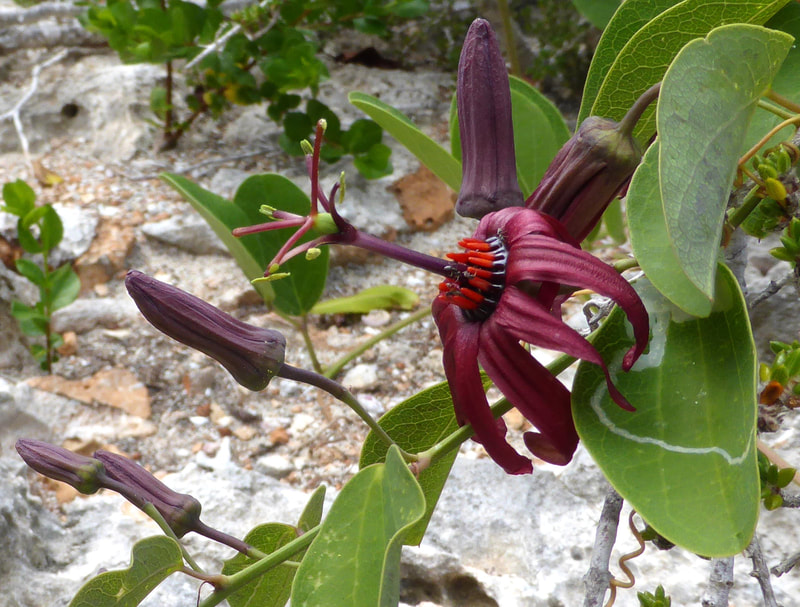








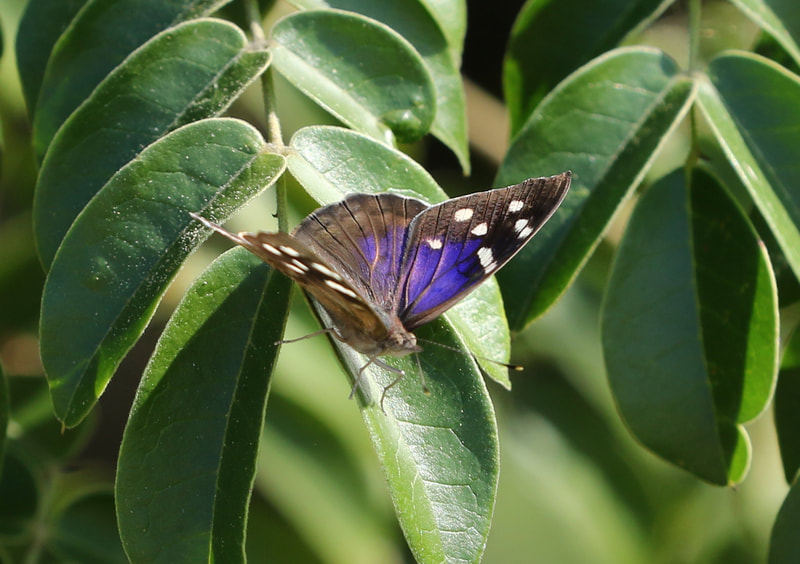















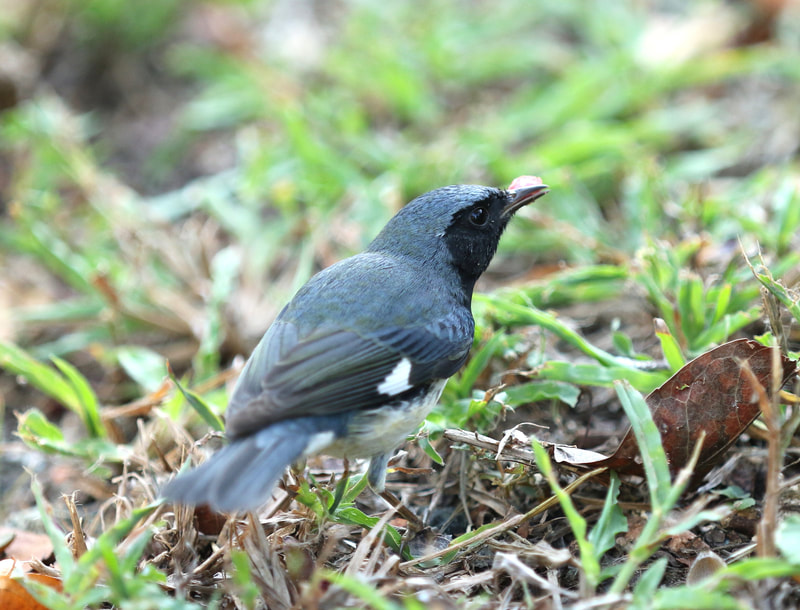







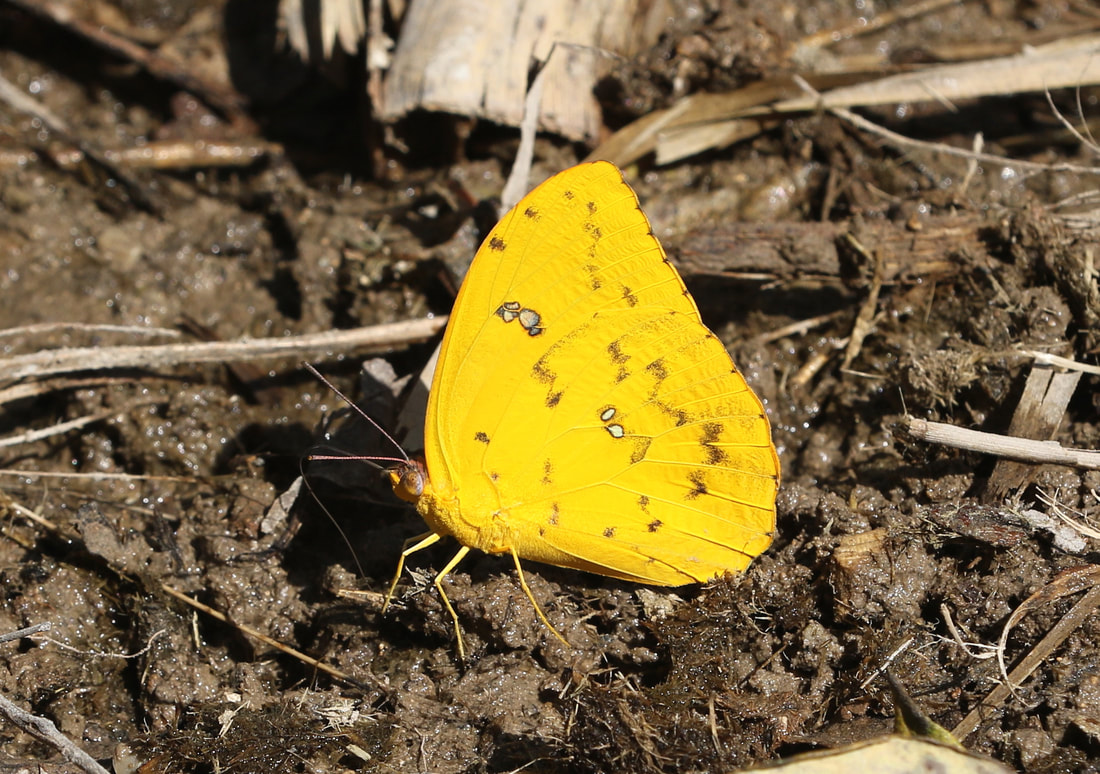





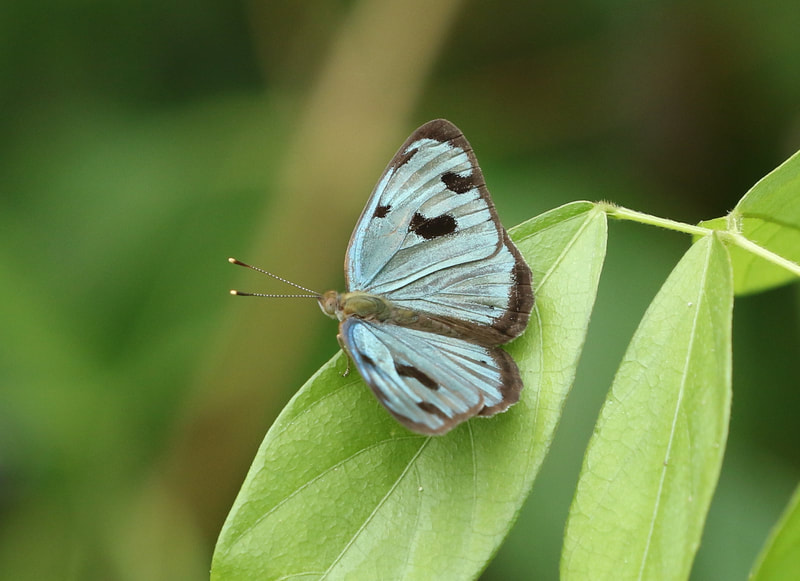













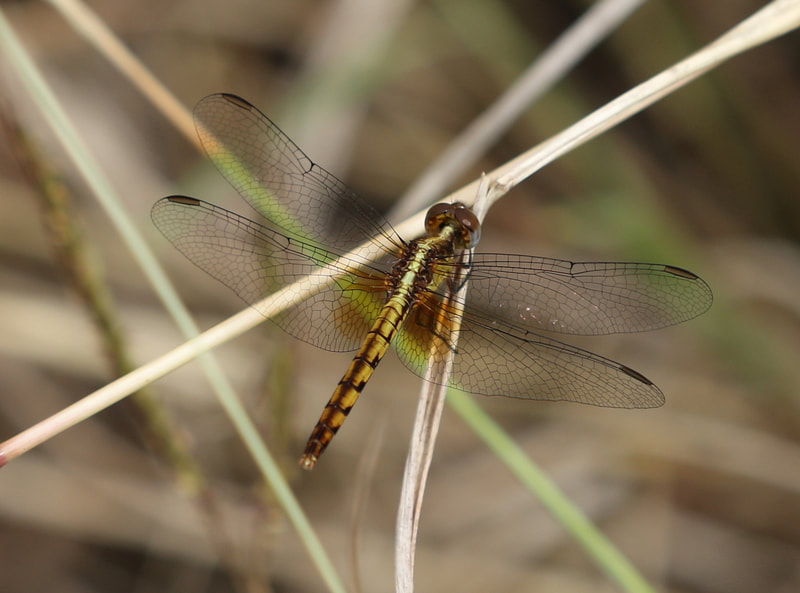
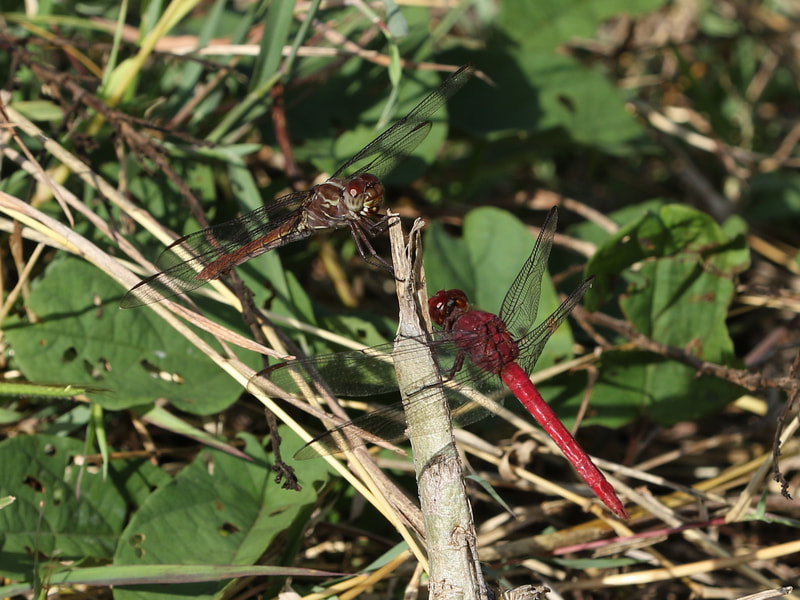


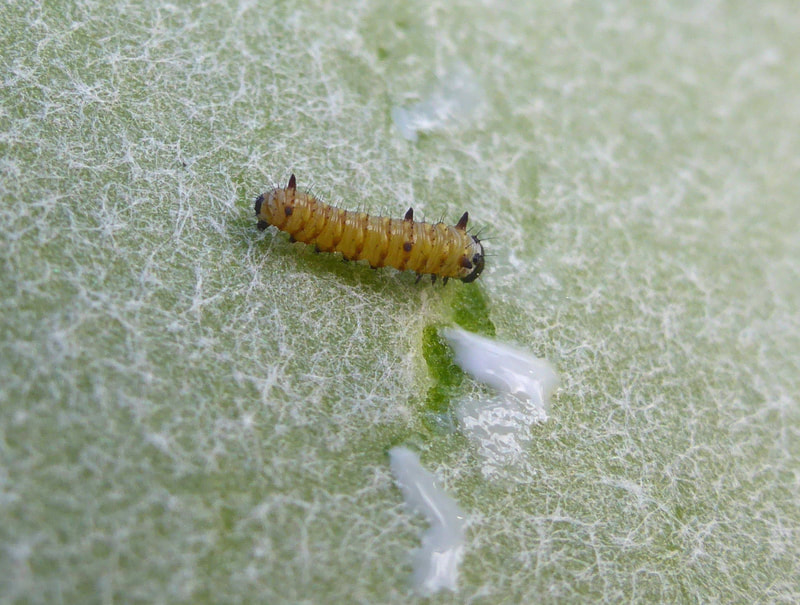







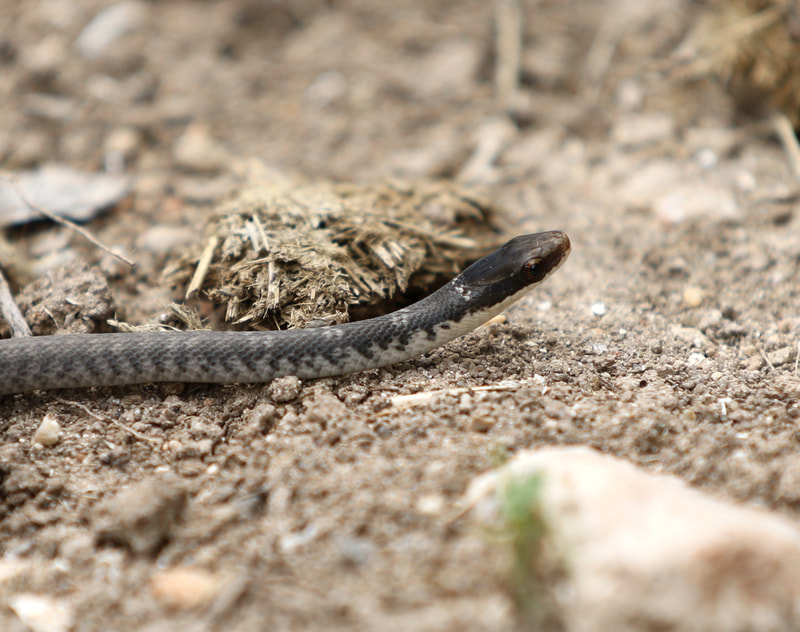


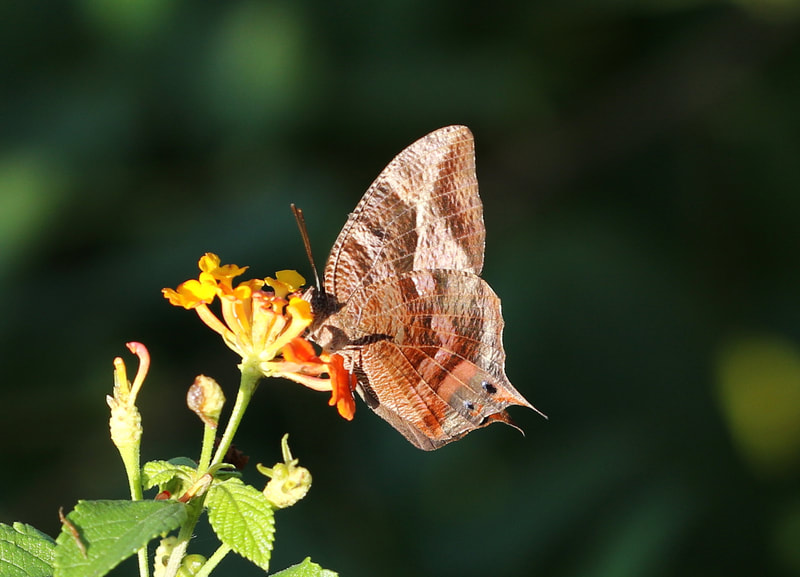


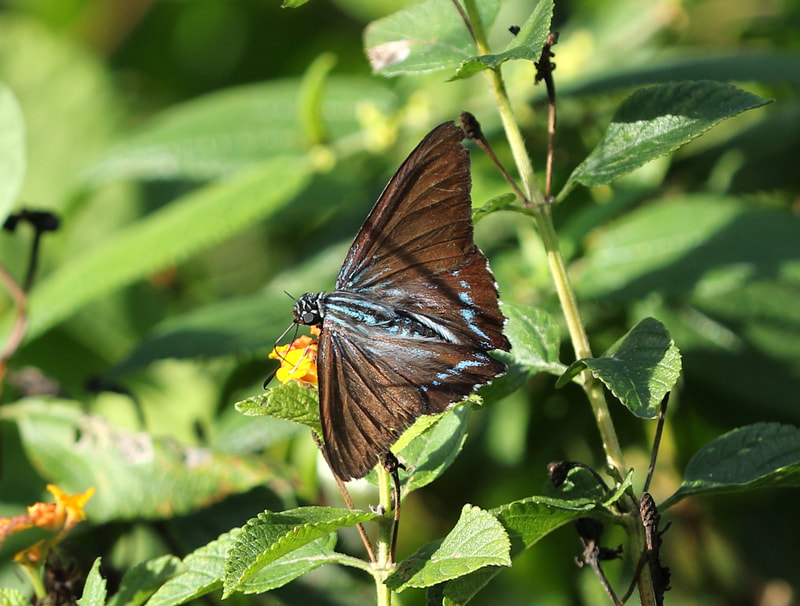



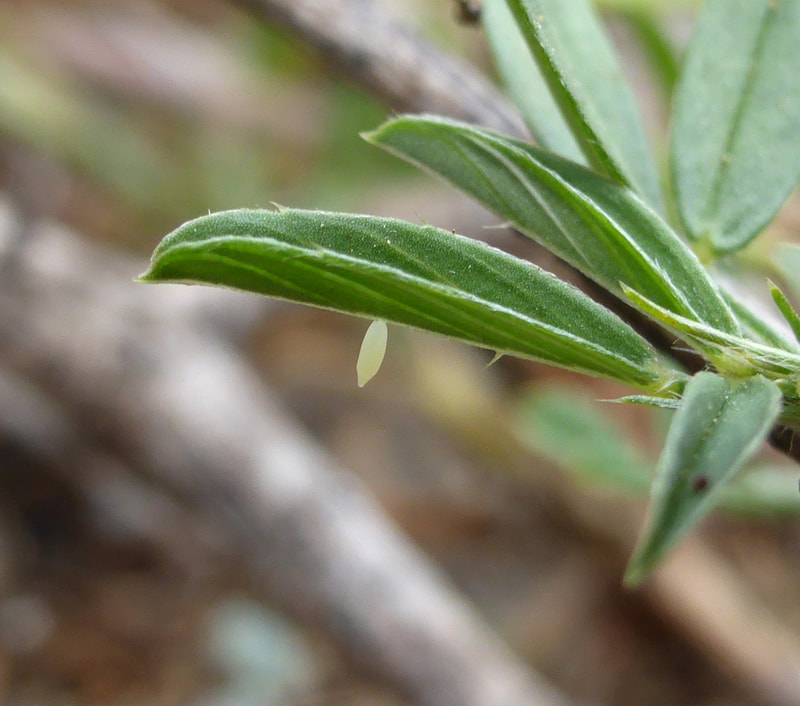




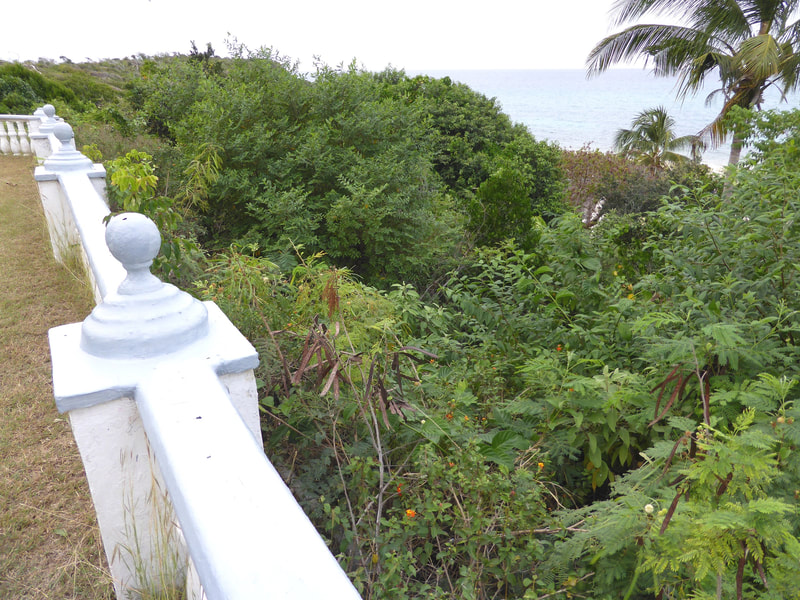



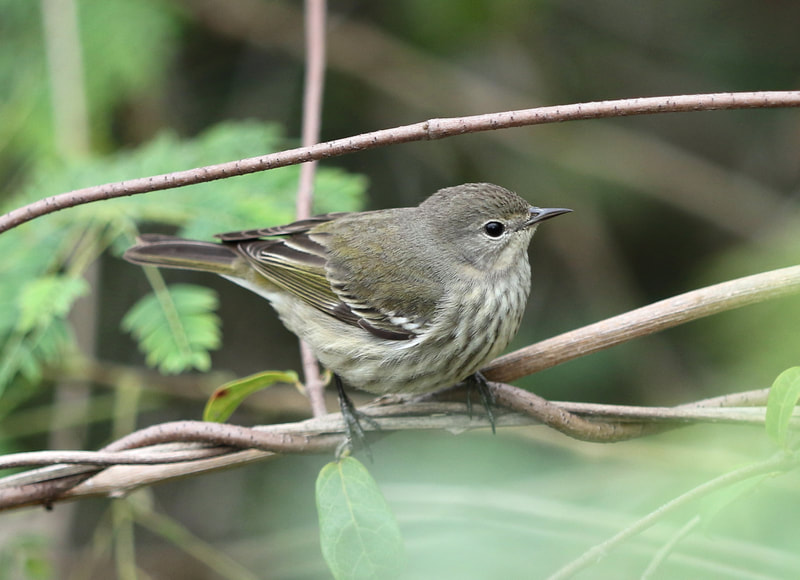

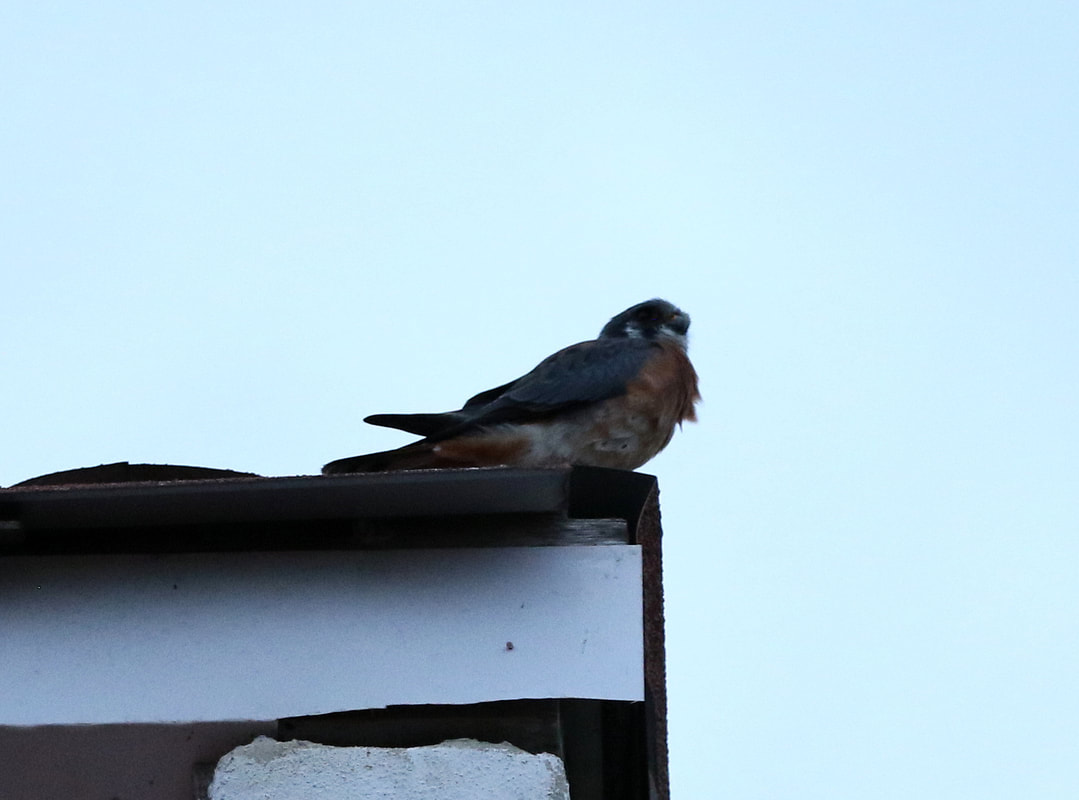
 RSS Feed
RSS Feed